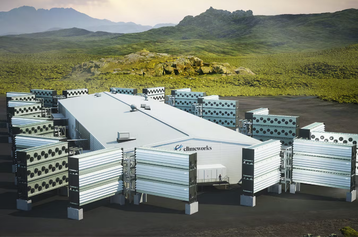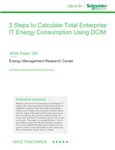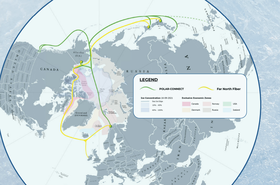The European Union (EU) has taken the first step to establishing rules to evaluate schemes to fight global warming by removing carbon dioxide from the air.
The European Council and European Parliament have agreed to set up an EU-level certification framework for projects that remove carbon from the air and store it. There are currently multiple schemes and technologies for carbon removal, and no universally agreed definition of carbon removal.
The Carbon Removal Certification Framework (EU CRC-F) agreement is provisional, awaiting formal adoptions, and it sets a political direction: the Council consists of the EU nations' heads of state, while the Parliament is made up of elected members. The deal reached today is provisional, pending formal adoption by both institutions.
Carbon dioxide removal (CDR) is seen as necessary in the long term, to counter continued carbon emissions from agriculture and industry that are hard to eliminate, but is not a substitute for drastic emissions cuts, if only because most of the methods available now are expensive and use large amounts of energy, which is needed for other purposes.
Large tech firms are increasingly backing CDR, with Microsoft in particular investing in multiple schemes to capture CO2 and store it in forms including waste concrete and biochar. Such investments are intended to seed future development, but it is hard to compare the results at this stage.
The EU is planning a voluntary framework covering high-quality carbon removal and soil emission reduction activities, which it hopes will help the bloc achieve its goal of climate neutrality by 2050.
The regulation will start with an open definition of carbon removal, which should line up with work from the UN Intergovernmental Panel on Climate Change (IPCC) that looks at removing carbon dioxide at industrial sites or directly from the air.
Carbon removed will be measured in "net benefit": metric tonnes of CO2 equivalent that has been removed by various activities. These units are only for use in the EU's net-zero program.
There will be a registry holding certified removals by organizations operating in the EU.
The EU sees four types of carbon removal: permanent removal that locks the CO2 away for centuries; temporary storage (for at least 35 years) in products such as wood construction materials, or in "carbon farming" methods such as reforestation or wetland management; and soil emission reduction. Carbon farming methods can be certified if they store carbon for at least five years.
The proposal promises it won't set up anything that leads to speculative land purchases, designed to profit from CDR grants, and it will exclude "offset" schemes such as promises to avoid deforestation, and simply replacing carbon-intensive energy with renewable sources.
There will also be monitoring to be sure that schemes deliver what they promise and that any net benefit is not reversed by CO2 returning to the atmosphere before time.
The goal is a ways off for now: the Commission is due to produce a report on the feasibility of certification methodologies by 2026.
Although it is a program for the EU only, the Commission is considering certifying carbon stored in countries outside the EU.
To qualify for certification, the carbon removal must be measurable, it must add new removal to what is happening already, it must store the carbon for a long time, and the method itself must be sustainable.
Climeworks, a pioneer of direct air capture (DAC) with a large plant in Iceland, welcomed the announcement, calling for the EU to work to spread its approach beyond the bloc, and also to fast-track DAC certification. Climeworks currently certifies its carbon removal through a deal with auditing company DNV, reports The Verge
The EU is “getting carbon removals right,” said Christoph Beuttler, chief climate policy officer at Climeworks, in a release: "Certifying high-quality CDR via a clear regulatory framework is an impactful way to create trust and a step in bringing CDR towards climate relevant scales."







